No products in the cart.
Return To ShopContents
In the vast and often misunderstood landscape of heavy metal music, numerous subgenres exist, each with its own distinct characteristics and dedicated following. Among the most extreme and intriguing are death metal and black metal. While both push the boundaries of traditional heavy metal with their intensity and often dark themes, they are far from interchangeable. For those unfamiliar with these sonic territories, the differences can be significant and fascinating. This article aims to demystify death metal and black metal, exploring their unique sounds, lyrical content, and cultural origins for the uninitiated listener. Though their names might conjure images of darkness and aggression, understanding their nuances reveals a rich tapestry of musical expression and artistic intent.
The Voice of Darkness: Vocal Styles Compared
The vocal styles employed in death metal and black metal are immediately recognizable and serve as a primary differentiator between the two genres.
Death Metal
Death metal is characterized by its guttural vocal delivery, often referred to as the “death growl”. This technique involves producing a very low, rumbling sound from the throat, frequently likened to the imitation of a monster. The intention behind these vocals is often to convey themes of violence, horror, and overall darkness. While to the untrained ear, death growls might sound like unintelligible noise without the aid of a lyric sheet, they are a deliberate artistic choice that contributes significantly to the abrasive and brutal nature of the music.
Pioneering bands like Death, founded by Chuck Schuldiner, were instrumental in establishing this vocal style. Schuldiner’s early vocals, while harsh, often had a higher pitch compared to later practitioners of the genre. Possessed, with Jeff Becerra at the helm, are also considered early innovators, with Becerra’s growls setting a precedent for the style. Morbid Angel further solidified the death growl in the late 1980s and early 1990s. As the genre evolved, vocalists like George “Corpsegrinder” Fisher of Cannibal Corpse emerged, known for his incredibly deep growls and occasional piercing high shrieks, showcasing the increasing extremity within the genre. The evolution of death metal vocals demonstrates a clear trend towards pushing the limits of sonic aggression, moving from the rawer sounds of early bands to the more profoundly guttural styles that became prominent later. This progression suggests a constant drive to amplify the music’s impact and intensity through ever more extreme vocalizations.
Black Metal
In contrast to the low growls of death metal, black metal typically features raspy, high-pitched vocals, often described as shrieks, screams, and snarls. This vocal style often aims to create a cold, bleak, haunting, and sometimes overtly evil atmosphere. While death growls can occasionally appear in black metal, they are far less common than the genre’s signature high-pitched vocalizations.
One of the earliest and most influential figures in shaping black metal vocals was Quorthon of the Swedish band Bathory. His raw, rasping style in the mid-1980s served as a crucial precursor to the vocal approach adopted by the genre’s subsequent waves. The Norwegian second wave of black metal in the early 1990s produced several iconic vocalists who further defined the style. Dead, the vocalist for Mayhem, was known for his particularly haunting and tortured screams, contributing to the band’s dark and infamous image. Nocturno Culto of Darkthrone developed a vocal style that was often raw, distorted, and delivered with a sense of grim minimalism, perfectly complementing the band’s lo-fi sound. The prevalence of shrieking vocals in black metal, as opposed to the growls in death metal, indicates a divergence in thematic focus. Black metal often delves into more ethereal or spiritual forms of darkness, while death metal tends to concentrate on more tangible, physical horror. This sonic distinction highlights the deliberate choices made by artists in each genre to align their vocal delivery with their lyrical and atmospheric intentions.
Sonic Landscapes: Production and Recording
The approach to recording and production also distinguishes death metal from black metal, contributing significantly to the overall listening experience of each genre.
Death Metal
Death metal generally features a more polished and cleaner production sound compared to its black metal counterpart. This emphasis on clarity allows the listener to discern the often fast and technically intricate instrumentation that characterizes much of death metal. Early yet highly influential albums, such as Death’s 1987 debut “Scream Bloody Gore” and Morbid Angel’s groundbreaking 1989 release “Altars of Madness,” exemplify this approach, where each instrument, despite the sonic intensity, remains relatively distinct in the mix.
The genre has also seen the rise of influential producers who have helped shape its sonic landscape. Scott Burns, for example, is renowned for his work at Morrisound Recording in Tampa, Florida, where he produced numerous seminal death metal albums for bands like Obituary, Cannibal Corpse, and Deicide, establishing a benchmark for the genre’s production quality. The emphasis on clearer production in death metal suggests a focus on showcasing the musicianship and the sheer impact of the extreme sounds themselves. It is about delivering a sonic assault that is both powerful and well-defined, allowing the listener to appreciate the speed and complexity inherent in the music. This contrasts with black metal’s aesthetic, where the overall atmosphere often takes precedence over pristine sonic fidelity.
Black Metal
In stark contrast, black metal is often characterized by an intentionally lo-fi or “raw” production sound, a deliberate choice that has become a defining feature of the genre. This approach can result in what is sometimes referred to as a “necro sound,” marked by a deliberately abrasive and occasionally chaotic mix. The lo-fi aesthetic is not merely a result of budgetary constraints, especially in later years, but a conscious decision that contributes significantly to the genre’s grim, cold, evil, and underground feel.
Many influential black metal albums are known for their raw sonic textures. Mayhem’s highly influential 1994 album “De Mysteriis Dom Sathanas,” despite its legendary status, features a production that is far from polished. Similarly, Darkthrone’s seminal 1994 release “Transilvanian Hunger” is a prime example of the genre’s embrace of minimalism and raw sound. The deliberate use of lo-fi production in black metal serves several key purposes. It reinforces the genre’s strong ties to its underground roots and its rejection of mainstream music industry standards. Furthermore, this raw sonic landscape is crucial in creating the specific bleak and cold atmosphere that is so integral to the black metal experience.
Six-String Savagery: Guitar Sounds and Techniques
The sonic character of the guitars in death metal and black metal also exhibits distinct differences in tone, tuning, and playing techniques.
Death Metal
Death metal guitar sounds are typically characterized by heavy distortion, often achieved through amplifiers pushed to their limits and sometimes augmented with distortion pedals. Guitars are frequently tuned to low registers, such as Drop C or even lower, to create a thick, crushing, and aggressive sound that underpins the genre’s brutality. Techniques like palm muting are extensively used to produce percussive, “chugging” rhythms, while rapid tremolo picking contributes to the fast and often relentlessly brutal riffs that are a hallmark of death metal.
Musically, death metal often incorporates harmonic minor and other scales, including chromatic scales, which contribute to the genre’s frequently dissonant and often overtly evil sound. Unlike traditional black metal, guitar solos are relatively common in death metal. These solos often showcase a high degree of technicality and speed, reflecting the musicians’ instrumental prowess. Influential guitarists like Chuck Schuldiner of Death were pioneers in crafting intricate riffs and emotive solos that pushed the boundaries of the genre. Trey Azagthoth of Morbid Angel is renowned for his chaotic and often otherworldly soloing style, further contributing to the genre’s extreme sound. Bands like Cannibal Corpse are known for their relentlessly brutal and often technically demanding riffing, solidifying the genre’s reputation for six-string savagery. The guitar work in death metal prioritizes a sense of overwhelming power and often displays a high level of technical skill, with low tunings and techniques like palm muting delivering a physically impactful sound.
Black Metal
Black metal guitar sounds, in contrast, typically feature a high-pitched, trebly tone achieved through heavy distortion. Guitarists in the genre frequently employ fast, unmuted tremolo picking, often across all six strings, resulting in a higher-frequency sound compared to the lower-end focus of death metal guitars. The use of dissonance, diminished intervals, and minor scales is common, contributing to the pervasive sense of dread, coldness, and evil that characterizes the genre’s atmosphere.
In traditional black metal, guitar solos are generally uncommon. The emphasis tends to be more on creating a hypnotic and often unsettling atmosphere through the use of repetitive and often simple riffs. Influential guitarists like Euronymous of Mayhem were known for their raw and dissonant playing style, which became highly influential within the Norwegian scene. Fenriz and Nocturno Culto of Darkthrone are celebrated for their grim and minimalist approach to guitar work, perfectly aligning with their band’s raw aesthetic. Varg Vikernes of Burzum, another key figure, often employed hypnotic and relatively simplistic riffs that contributed to the project’s dark and often melancholic atmosphere. The guitar work in black metal prioritizes the creation of a specific mood and atmosphere, often one of coldness and dread, over displays of technical virtuosity. The high-pitched tremolo picking and dissonant chords contribute to a distinctive “wall of sound” that is frequently both hypnotic and deeply unsettling.
Words of the Macabre: Lyrical Themes
The lyrical content explored in death metal and black metal also presents significant differences, reflecting the distinct artistic and ideological underpinnings of each genre.
Death Metal
Death metal lyrics often delve into dark and macabre themes, frequently revolving around death, gore, and violence, often with a graphic, slasher film-style approach. While these topics are prevalent, death metal lyrics can also explore a broader range of subjects, including political conflict, religion (sometimes with anti-religious sentiments), nature, philosophy, true crime, and even science fiction.
Bands like Cannibal Corpse are notorious for their extremely graphic and often disturbing lyrics, focusing on themes of gore, murder, and horror. Deicide, on the other hand, is well-known for its explicitly anti-Christian and Satanic lyrical content, often delivered with intense aggression. Obituary’s lyrics frequently focus on themes of death, decay, and suffering, often painted with a bleak and hopeless outlook. While the genre is often associated with visceral and shocking content, some death metal bands also explore more introspective, philosophical, or even socially conscious themes, demonstrating a wider spectrum of lyrical expression than might initially be assumed. This suggests that while the initial shock value of extreme themes helped define the genre, some artists have used the platform to engage with deeper aspects of human experience.
Black Metal
Black metal lyrics typically explore themes that are distinct from those found in death metal. Anti-Christianity and a rejection of organized religion are common, as is an embrace of Satanism and paganism, particularly Norse and Viking mythology. Nature, often depicted in its most “grim” and cold aspects, also features prominently, alongside themes of mythology and misanthropy. Other lyrical topics can include the occult, global catastrophe, war, death, and rebirth.
Emperor’s lyrics often delve into mysticism, nature, and philosophical concepts, moving away from purely Satanic themes in their later work. Darkthrone’s lyrical approach is often characterized by nihilism and bleakness, though their later albums have incorporated more general themes related to metal and rebellion. Burzum’s lyrics frequently explore Norse mythology, darkness, and a sense of isolation. Black metal lyrics often express a profound sense of dissatisfaction with modern society and a yearning for a romanticized past or a deep connection with the natural world, frequently viewed through an anti-religious lens. This suggests a more ideological and philosophical foundation to the genre’s lyrical content compared to some of the more visceral concerns found in death metal.
Atmospheric Presence: Feeling the Music
The overall atmosphere evoked by death metal and black metal differs significantly, contributing to the distinct emotional impact of each genre.
Death Metal
The atmosphere in death metal is often described as kinetic, primal, and intensely focused on the extremity of sound. The music aims to convey feelings of violence, horror, and aggression through its sheer sonic intensity and relentless pace. While the overall feeling is often brutal and dark, subgenres like death-doom blend the crushing weight of death metal with the slower tempos and melancholic atmosphere of doom metal, showcasing a variation in the genre’s emotional palette. The general atmosphere of death metal can be characterized as “evil,” but in a more direct and visceral sense, often tied to the physical horrors depicted in the lyrics. The fast tempos, low growls, and aggressive guitar work combine to create an overwhelming feeling of force and darkness.
Black Metal
Black metal, in contrast, typically cultivates an atmosphere that is grim, cold, evil, and often deeply intertwined with themes of nature or spirituality. The genre often aims for an extremity of emotion, creating a haunting and bleak sonic landscape that can evoke feelings of dread, isolation, and a connection to the supernatural or the natural world. Subgenres like atmospheric black metal and blackgaze place a significant emphasis on crafting immersive and often beautiful or melancholic atmospheres, expanding beyond the purely aggressive aspects of the genre. The descriptions of black metal’s atmosphere as “cold” and “icy” are central to its identity, reflecting the often harsh and unsettling sonic environment created by the music. The combination of raw production, shrieking vocals, and dissonant melodies contributes to this distinctive mood.
Roots and Branches: Geographical Origins
The geographical origins and development of death metal and black metal also provide important context for understanding their differences.
Death Metal
Death metal’s emergence and early history are largely rooted in the USA. Florida, particularly the Tampa scene, played a pivotal role in the genre’s development, birthing influential bands like Death, Morbid Angel, Deicide, and Obituary. Around the same time, Sweden also emerged as a significant force in death metal, with bands such as Entombed, Dismember, and Grave establishing a distinct “Swedish death metal” sound characterized by a “buzzsaw” guitar tone. The early development of death metal was thus a transatlantic phenomenon, with both the US and Sweden making crucial contributions. While Florida’s scene often incorporated a strong thrash metal influence, the early Swedish bands had roots in hardcore punk, leading to slightly different stylistic nuances.
Influential Death Metal Bands
| Country | Band |
| USA (Florida) | Death, Possessed, Morbid Angel, Obituary, Deicide, Cannibal Corpse |
| Sweden | Entombed, Dismember, Grave |
Black Metal
Black metal’s origins can be traced back to the “first wave” of bands like Venom from the UK, whose 1982 album “Black Metal” gave the genre its name, and Bathory from Sweden. However, it was the “second wave” from Norway in the early 1990s that truly defined the genre as it is widely understood today. Key bands from this Norwegian scene include Mayhem, Darkthrone, Burzum, Immortal, and Emperor, all of whom developed the genre’s sonic and aesthetic characteristics. Black metal subsequently spread to other countries, with notable scenes emerging in Sweden (Dissection, Marduk ), Finland (Beherit, Impaled Nazarene ), and the UK (Cradle of Filth ). The Norwegian second wave, fueled by a distinct cultural and historical context in the early 1990s, played a particularly significant role in shaping the genre’s themes and often controversial image.
Influential Black Metal Bands
| Country | Band |
| UK | Venom |
| Sweden | Bathory, Dissection, Marduk |
| Norway | Mayhem, Darkthrone, Burzum, Immortal, Emperor, Satyricon, Gorgoroth |
| Finland | Beherit, Impaled Nazarene |
Conclusion
Death metal and black metal, while both residing within the extreme realms of heavy metal, present distinct aural experiences and thematic concerns. Death metal typically employs guttural growls, clearer production, low-tuned and heavily distorted guitars with frequent solos, and lyrics centered on death, gore, and violence. Its atmosphere is often primal and intense, with early strongholds in the USA (Florida) and Sweden. Black metal, on the other hand, is characterized by high-pitched shrieks, raw production, trebly and dissonant guitars with less emphasis on solos, and lyrics frequently exploring anti-Christianity, paganism, and nature. Its atmosphere is often cold, bleak, and sometimes spiritual, with the Norwegian second wave being particularly influential. While both genres continue to evolve and diversify, these core differences provide a fundamental understanding for those venturing into the darker corners of metal music. Exploring the discographies of key bands in each genre will offer the best way to truly appreciate their unique contributions to the extreme metal landscape.
Key Differences Between Death Metal and Black Metal
| Feature | Death Metal | Black Metal |
| Vocals | Guttural growls, occasional high screams | High-pitched shrieks, screams, snarls |
| Recording Sound | Typically cleaner, allowing instrument clarity | Often raw, lo-fi, abrasive |
| Guitar Sound | Heavily distorted, low-tuned, palm-muted riffs, tremolo picking, solos common | High-pitched, trebly, fast unmuted tremolo picking, dissonant chords, solos uncommon |
| Lyrical Content | Death, gore, violence, sometimes anti-religious, philosophy, sci-fi | Anti-Christianity, paganism, nature, mythology, misanthropy |
| Atmosphere | Kinetic, primal, extreme sound, violence, horror | Grim, cold, evil, haunting, bleak, spiritual |
| Typical Countries | USA (Florida), Sweden | Norway |
Post image created using a photo by Oscar Bernardino on Unsplash
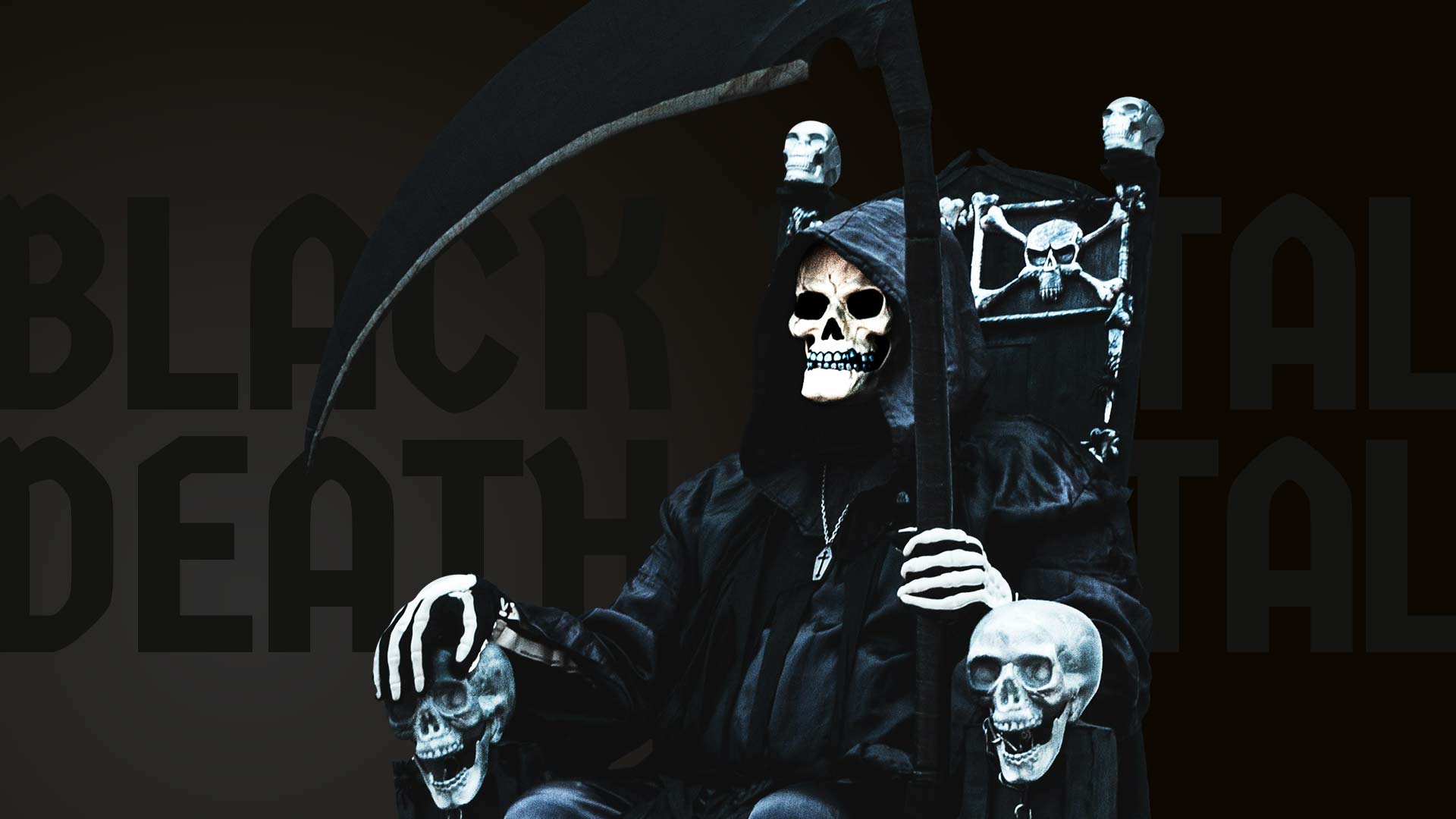
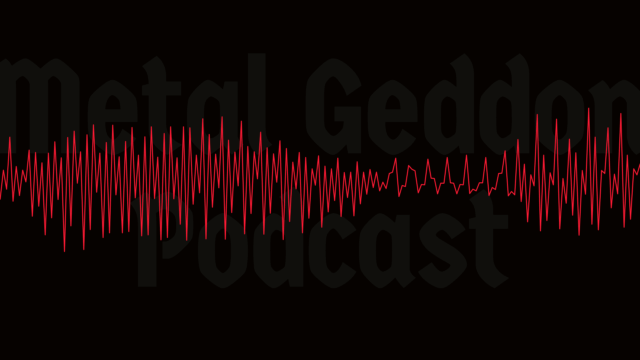
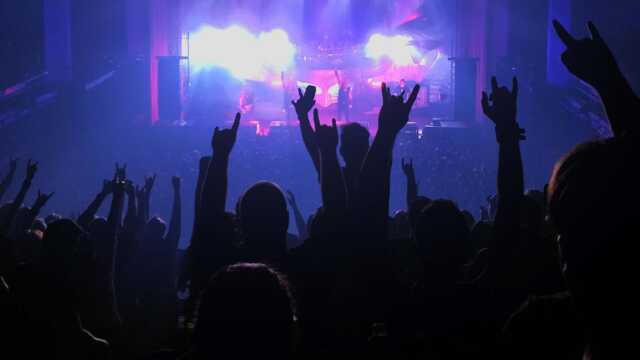
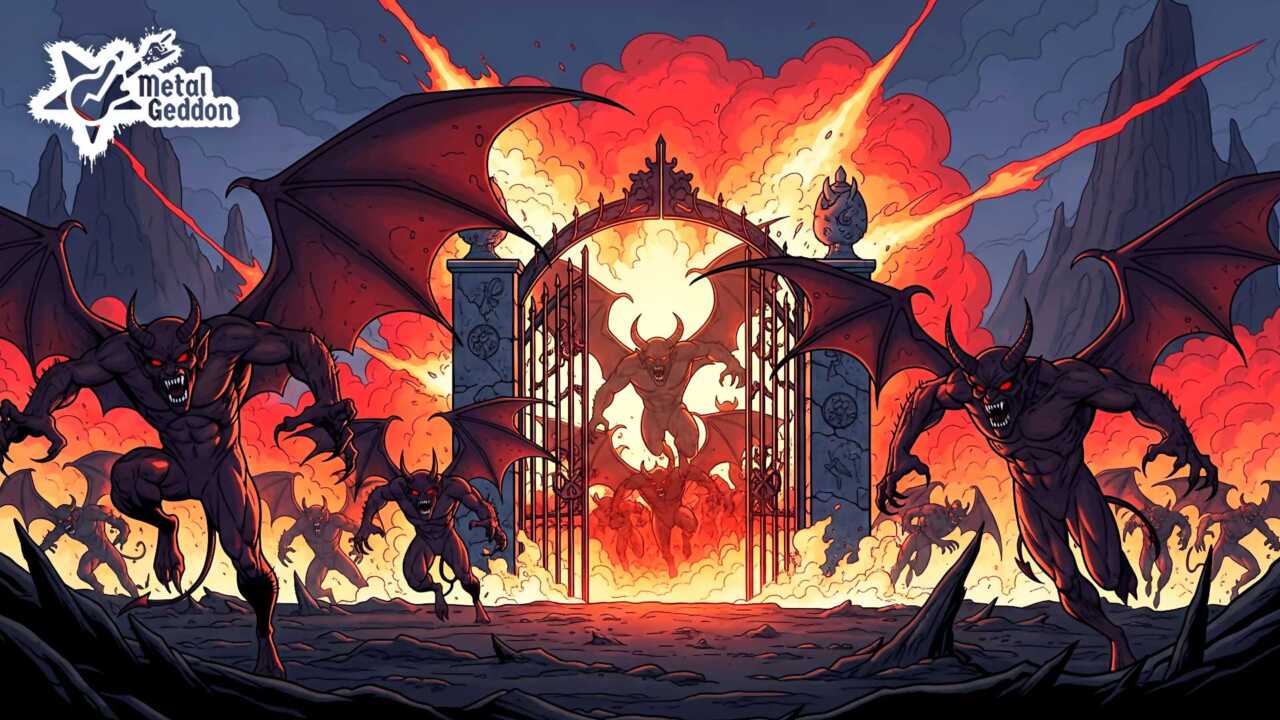

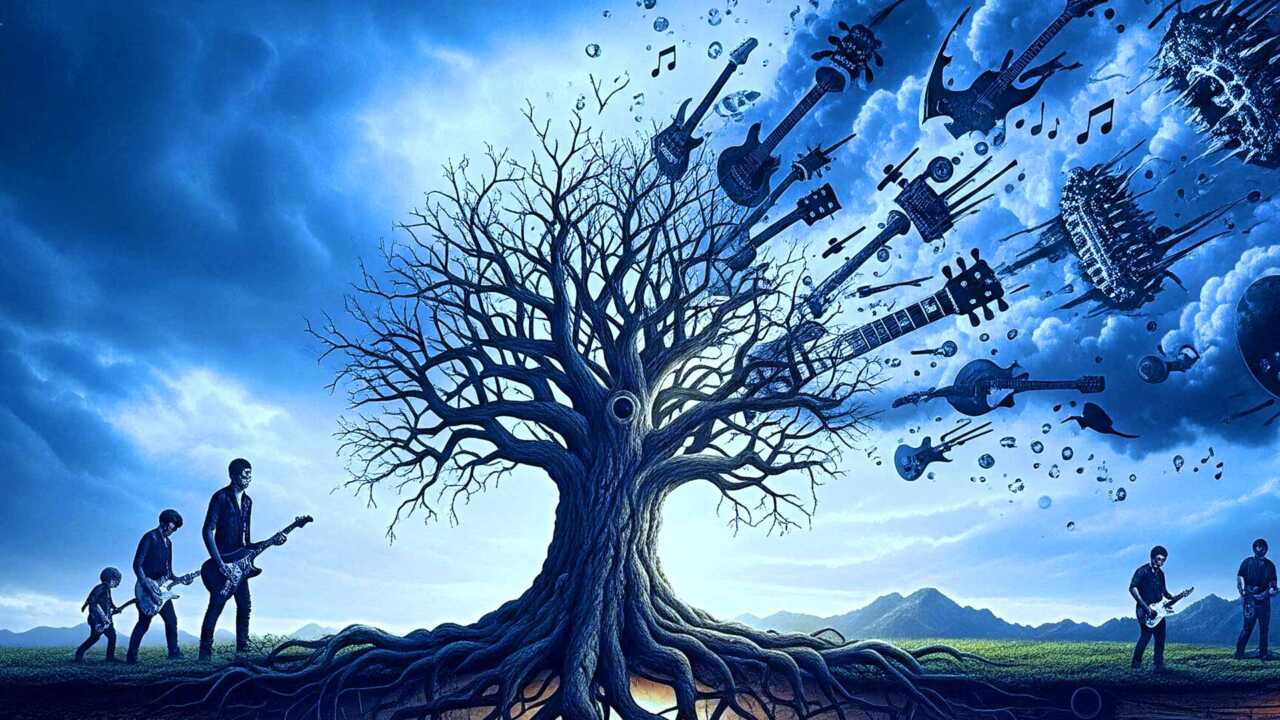


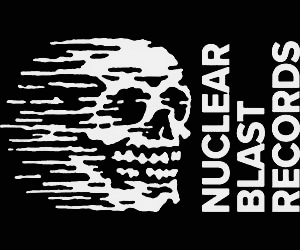

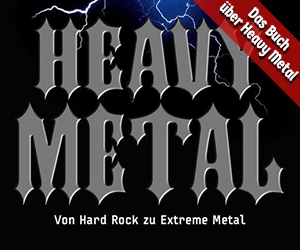

Add comment